
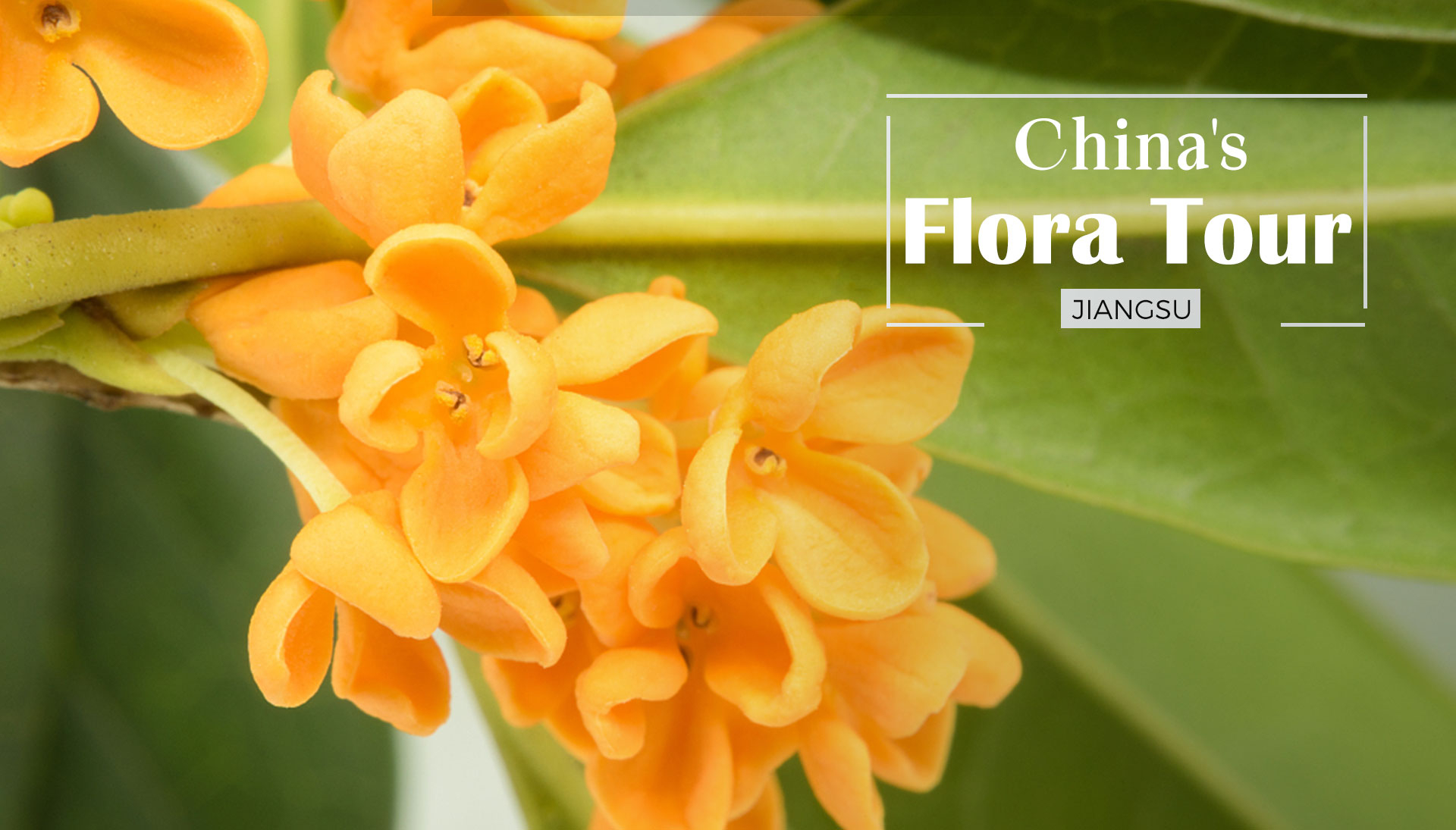
Around 1275 AD, a Venetian merchant called Marco Polo visited China, and wrote the famous comment about two cities in east China: If there is a paradise on earth, it is in Suzhou and Hangzhou. He said this after seeing the great beauty of Suzhou, a city of history, culture and nature.
Suzhou is located in Jiangsu Province of east China. The Chinese classical gardens and temples are the most famous attractions in the city. Besides for this, Suzhou is also famous for a kind of flower that has a fragrance which makes the whole city smell sweet. This flower is called the sweet osmanthus.
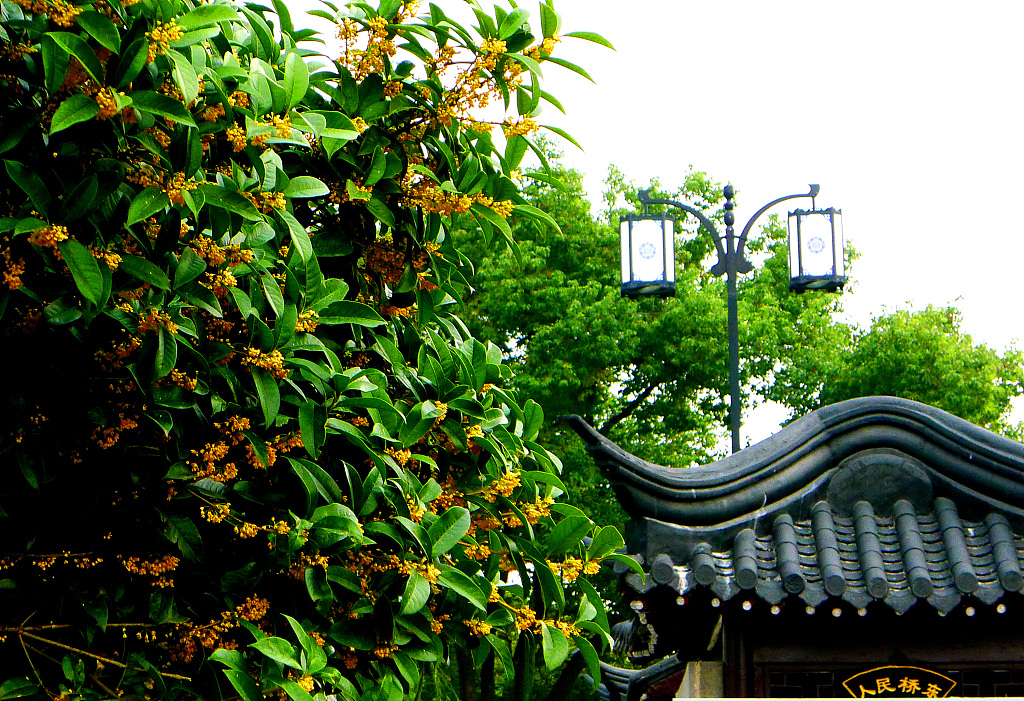
Sweet osmanthus in Suzhou after a rain. /VCG Photo
Sweet osmanthus is an evergreen shrub that produces small white, yellow or orange flowers with a sweet, rich fragrance. This plant is native to Asia, and widely cultivated for ornamental purposes. In China, the flowering of sweet osmanthus is much celebrated, as cities like Suzhou, Hangzhou and Guilin all honor it as the "city flower".
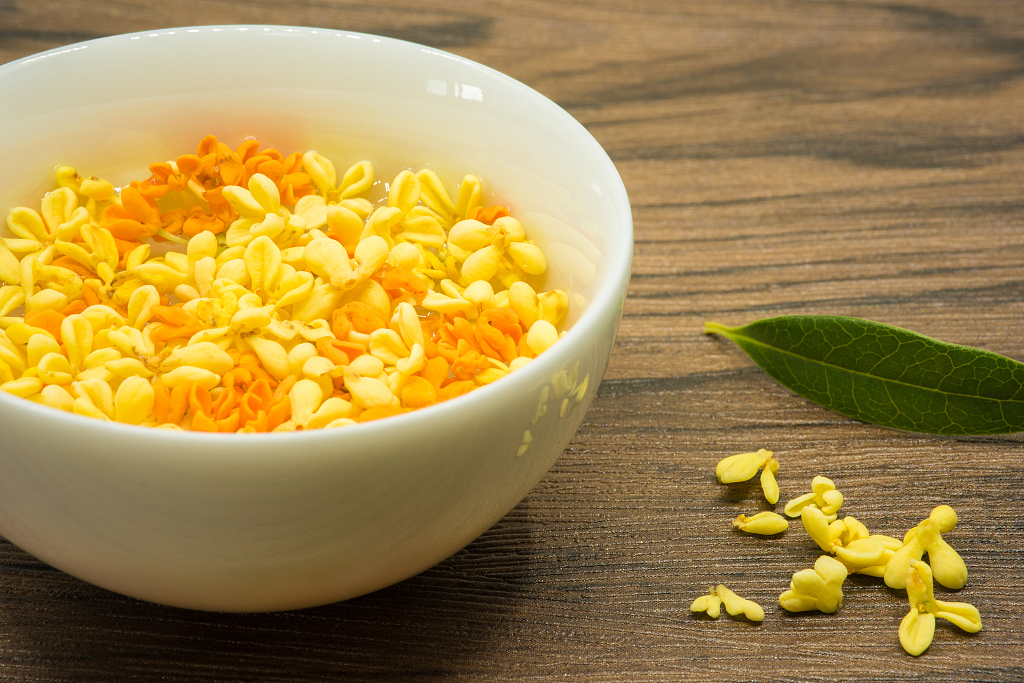
Sweet osmanthus in orange and yellow. /VCG Photo
In 1959, the Suzhou city government chose 350 pots of sweet osmanthus to decorate the rostrum of Tian'anmen Square in Beijing, and it made many visitors aware of the fragrance. Since then, sweet osmanthus of Suzhou became famous.
Actually, Suzhou City has a long history of sweet osmanthus cultivation. To appreciate the sweet osmanthus, Suzhou government even built a park called the Osmanthus Park and grew large collections of osmanthus in it. Besides, in the Lingering Garden (Liu Yuan) and Humble Administrator's Garden (Zhuozheng Yuan), sweet osmanthus are flourishing as well.

The Lingering Garden (Liu Yuan) of Suzhou City, east China's Jiangsu Province. /VCG Photo
People in east China love the sweet osmanthus, not only because of the fragrance, but also because of the products made by this lovely flower. In the local cuisine of cities like Suzhou, sweet osmanthus is used to make honey, tea, jam, liquor and desserts, and sometimes also used as a spice to give food a bit of flower fragrance and color. Lake Taihu in Suzhou produces some of the biggest sweet osmanthus, and every year during the sweet osmanthus’ blooming period, Lake Taihu will welcome numerous of visitors to enjoy the feast of sweet osmanthus.
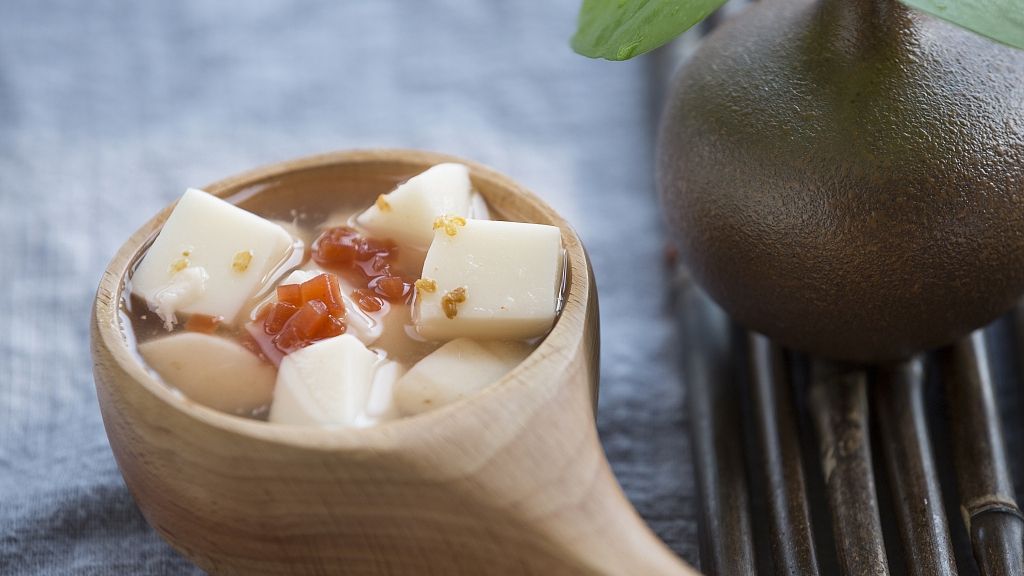
Dessert made by sweet osmanthus jam. /VCG Photo
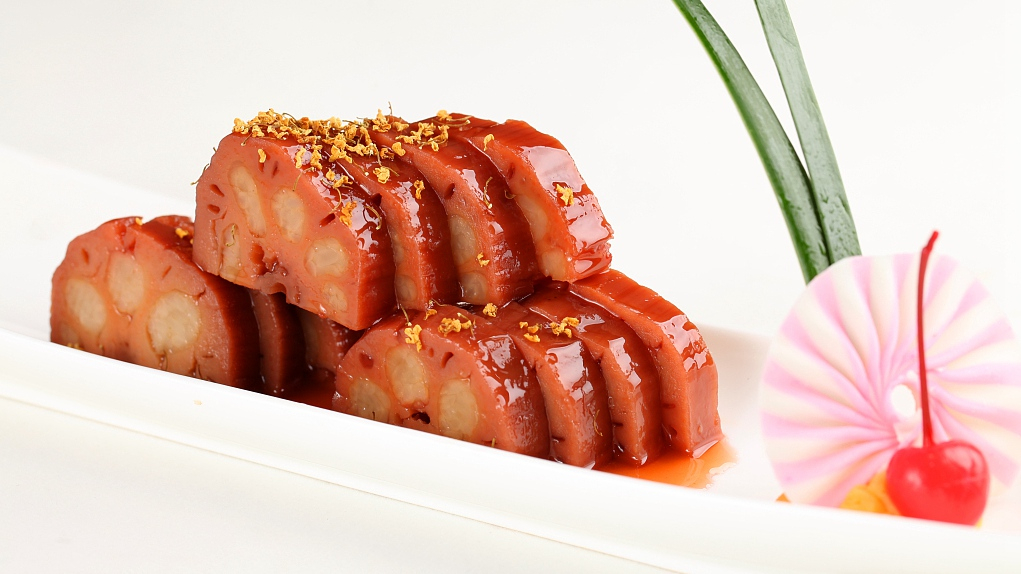
Suzhou's famous "Sliced Lotus Root with Sweet Sauce" is made with lotus roots, sticky rice and sweet osmanthus syrup. /VCG Photo
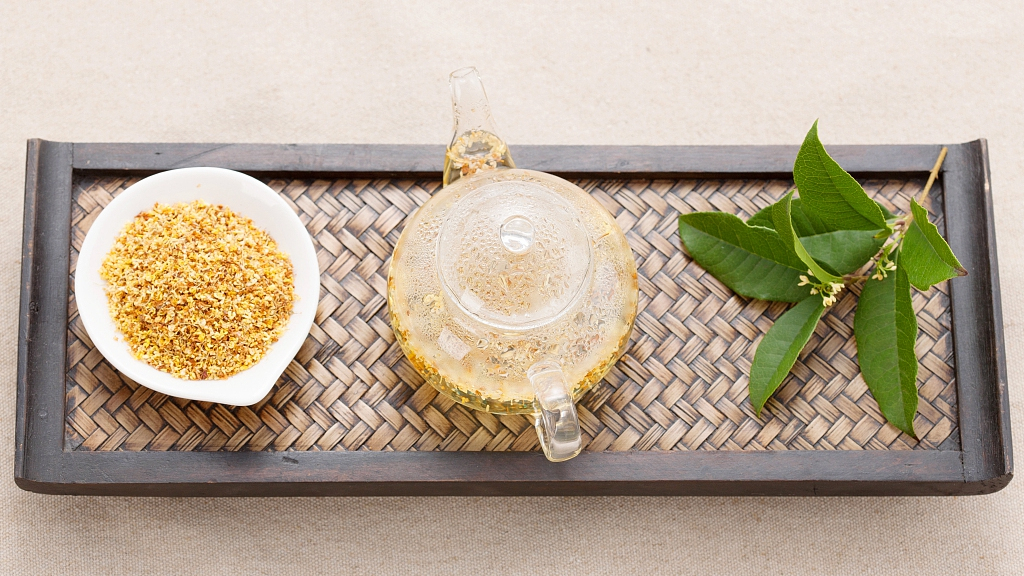
Sweet osmanthus tea. /VCG Photo
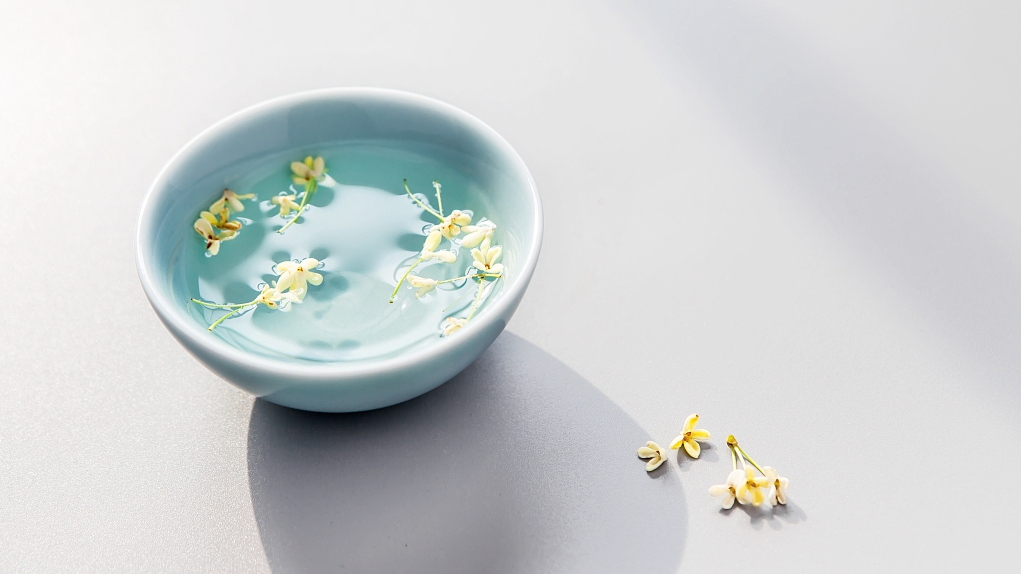
Sweet osmanthus tea. /VCG Photo
According to the Chinese tale, there is a sweet osmanthus tree on the moon. This year's Mid-Autumn's Day falls on September 13, a day in the midst of the blooming period of sweet osmanthus. For people in Suzhou, this year's celebration will have mooncakes made by this flower, admiration of the full moon, and the fragrance will cover the whole city.
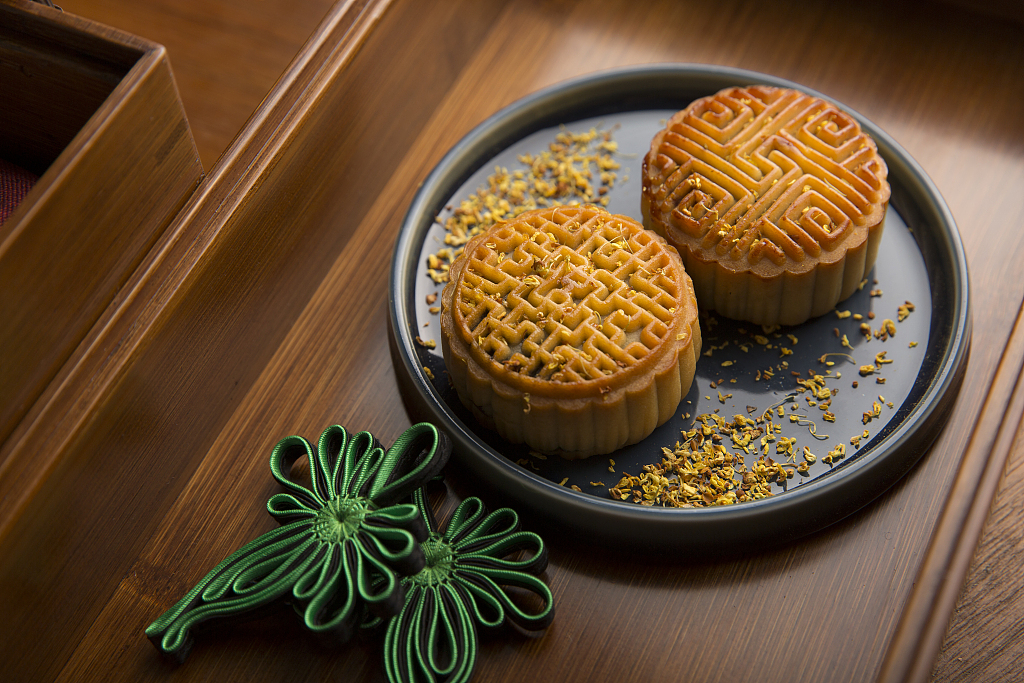
Mooncake made by sweet osmanthus. /VCG Photo
China's Flora Tour
From the wetlands along the coast to the dense rainforests hidden in the southwest of China, all boast an array of plant species. In this series, CGTN will go on a tour to learn about some of the most representative flora in different provinces and see how they live in harmony with the local geography and climate.
Read more:
China's Flora Tour: The story of the exotic plane tree in Shanghai
China's Flora Tour: Haloxylon – a tough desert plant
(Cover image designed by CGTN's Li Wenyi)
(If you want to contribute and have specific expertise, please contact us at nature@cgtn.com)

Copyright © 2018 CGTN. Beijing ICP prepared NO.16065310-3
Copyright © 2018 CGTN. Beijing ICP prepared NO.16065310-3